Apple is examining ways to improve the listening experience when using earphones, including automatically adjusting the audio based on a user's ear shape in over-ear headphones, and even automatically switching channels between the left and right ear cups if the headphones are worn the wrong way around.
A patent application published by the United States Patent and Trademark Office on Thursday, titled "Electronic Devices with Configurable Capacitive Proximity Sensors," describes how capacitive proximity sensors could be used to sense the presence of a user's ear.
The core of the application stems from how music and other stereo audio is prepared into specific left and right channels. Headphones and earphones typically include labels to indicate which side is intended for the user's left or right ear, in order for the accessory to be worn correctly.
If worn back-to-front, the stereo effect will be reversed from normal, which could cause problems with the user's listening. At its simplest, Apple offers the example of watching a movie while wearing headphones, with the appearance of audio playing into the user's left ear, but is shown on screen to be on the right-hand side.
One solution involves the use of sensors that overlap the speakers in over-ear headphones, potentially including capacitive proximity sensor electrodes arranged in a ring. Included control circuitry could use the sensors to measure the ear pattern when the headphones are worn on the head, allowing it to determine if the left or right ear is present, then to allow the left or right channel audio to be played back through the speaker.
On the face of it, such a system would effectively allow for over-ear headphones that would not require the left or right-side markings, but the patent application could be used in other ways. Since the sensor knows the pattern of the ear, it is feasible that the data could be used to enhance the audio for the listener, customizing the sound based on the ear shape and size.
The dynamic combination of electrodes to create a large sensing area can also be reduce down to use fewer electrodes, which Apple suggests can enhance spatial resolution for ear detection.
The system isn't only limited to headphones, as the capacitive array could be used in other ways, such as in a pillow that uses the ear shape to determine which side a person is sleeping. It could also be employed in areas where other types of sensor, such as optical or inductive proximity sensors, may trade off sensitivity or detection range in favor of resolution.
This is far from the only headphone or audio-related patent Apple has applied for over the years. In July, it received a patent for "Spatial headphone transparency" that could adjust the sound from an audio source to make the user hear it as if they aren't wearing headphones at all.
In February 2017, another patent was granted for a "dual-mode" headphone that could double up as a stereo loudspeaker. A November 2016 patent extended a decade-old invention covering wearable sports and health monitoring devices, with the filing including language suggesting it could be used with the company's AirPods wireless headphones.
Reports from March claimed Apple was working on its own high-end over-the-ear headphones under its own name, instead of including it as part of the Beats brand. It was claimed Apple was intending to ship the peripherals before the end of 2018, but there has been barely any mentions of the headphones since.
Apple also has experience in adaptive audio processing, with the HomePod capable of detecting its surroundings and optimizing its output to fill the room with sound, regardless of nearby obstacles or furnishings. Considering the detection and adaptation at work, it would be a small step rather than a giant leap to apply the same principles to worn audio devices.
 Malcolm Owen
Malcolm Owen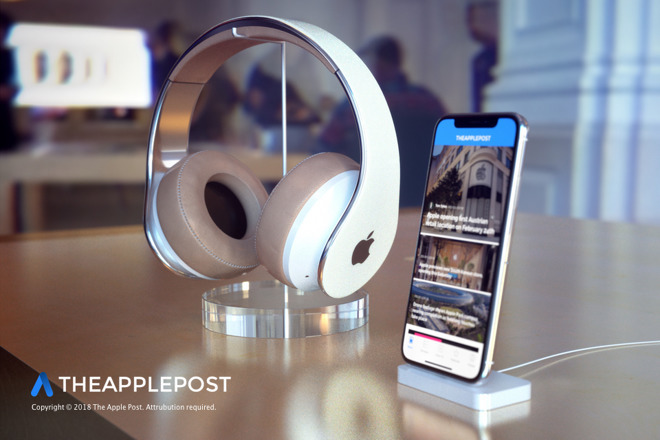
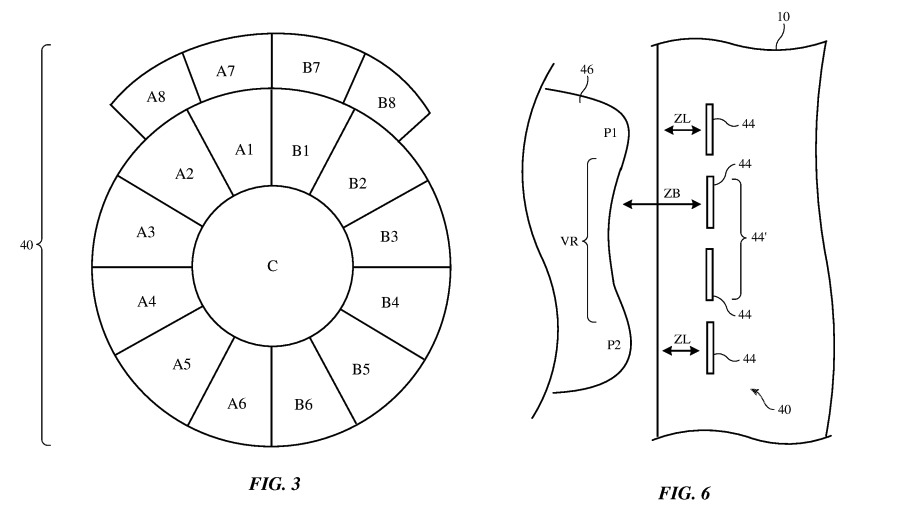
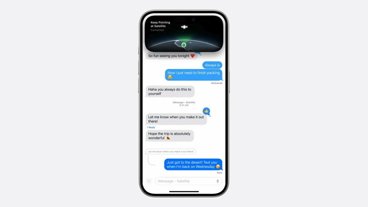
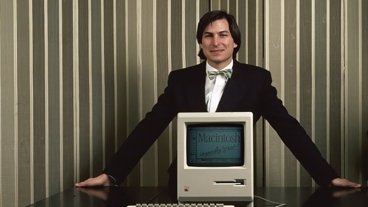

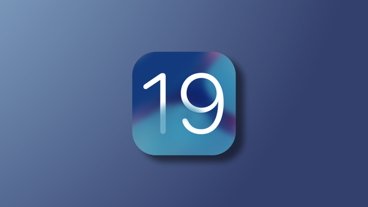
-xl-m.jpg)


-m.jpg)





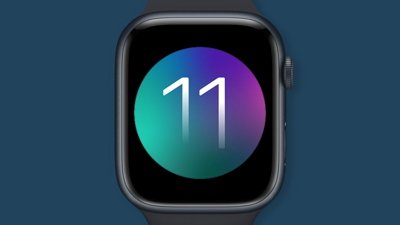
 Amber Neely
Amber Neely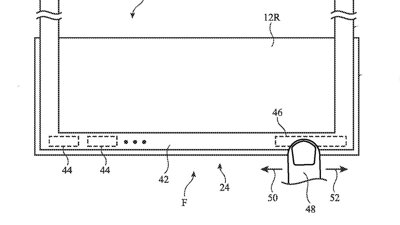
 William Gallagher
William Gallagher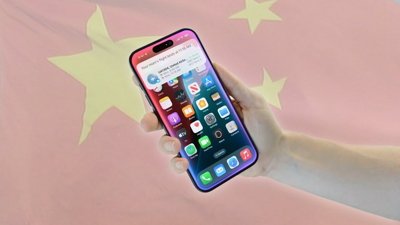
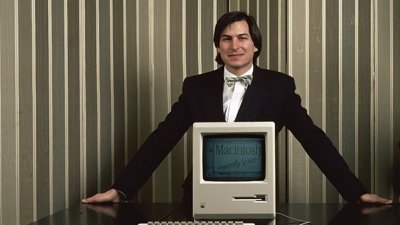
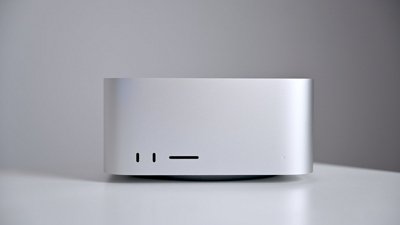
 Mike Wuerthele
Mike Wuerthele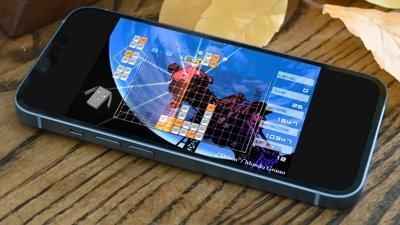
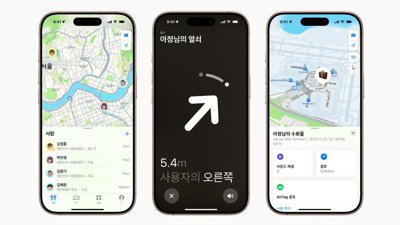

 Thomas Sibilly
Thomas Sibilly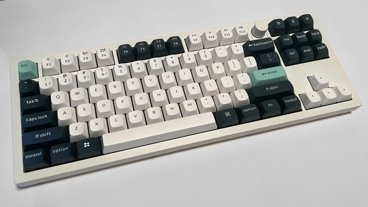
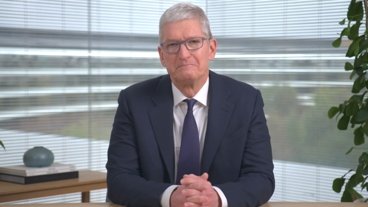
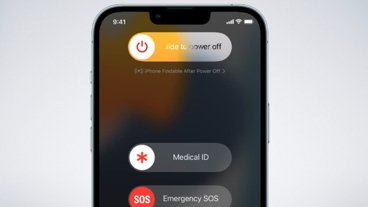




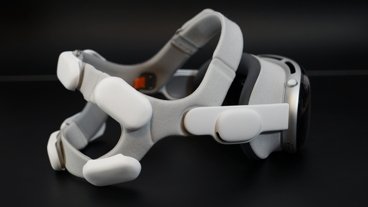

2 Comments
Automatically switching between right and left signals based on how the headphones are put on would be brilliant. No more need differentiate between L/R orientation. Can't tell you how many times throughout my life I've put my headphones on the wrong way. Makes even more sense with the AirPods.
Be careful Apple, Unilock is watching your every move on patent applications....